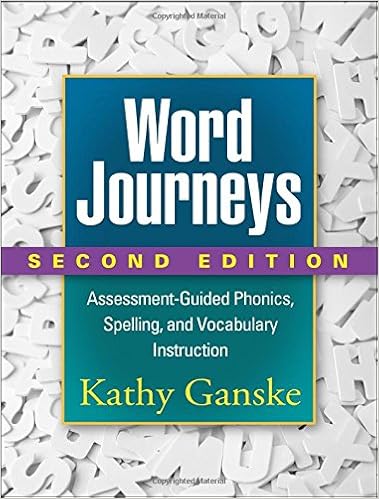 The Instructional Planning Standard is intended to emphasize the fundamental importance of an effective instructional plan to the classroom. The Instructional Planning Standard is important because it guarantees Virginia’s students receive an outstanding education that is based on the best instructional plans. Three ways recommended by the Virginia Department of Education (2011) to meet the Instructional Planning Standard are for the teacher, when planning, to use:
The Instructional Planning Standard is intended to emphasize the fundamental importance of an effective instructional plan to the classroom. The Instructional Planning Standard is important because it guarantees Virginia’s students receive an outstanding education that is based on the best instructional plans. Three ways recommended by the Virginia Department of Education (2011) to meet the Instructional Planning Standard are for the teacher, when planning, to use:
1.) Data from Student Assessments
2.) Knowledge of the State's Curriculum
3.) Knowledge of Educational Resources
1.) Data from Student Assessments

PALS / Phonological Awareness Literacy Screening
PALS is an excellent literacy assessment used in public schools throughout the commonwealth of Virginia. PALS allows teachers to diagnose a student’s reading and writing levels. Skills assessed for grades 1-3 include alphabet knowledge, letter sounds, concept of word, blending, sound-to-letter, spelling/phonics, word recognition in isolation, and oral reading in context accuracy, fluency, rate, and comprehension (Templeton & Gehsman, 2014). While taking Language Acquisition I, I was able to administer a PALS for students at Grandin Court Elementary School in Roanoke, Virginia.
Developmental Spelling Analysis [DSA]

The DSA is another excellent assessment that tests a student’s spelling knowledge. It helps teachers identify the orthographic features a student has mastered or needs assistance mastering. These orthographic features range from initial and final consonants to r-controlled vowels to assimilated prefixes. As a teacher, I will give both a Screening Inventory and Features Inventory to my students to assess my students’ stages. These scores will help me place my students in the letter name stage, the within word stage, the syllable-juncture stage, or the derivational constancy stage. I will then plan instruction based on these stages (Ganske, 2014). While taking Language Acquistion II, I was able to administer several DSA exams for students at Grandin Court Elementary School.


Fountas and Pinnell Running Records
Please see the Student Academic Progress page for a discussion of the Fountas and Pinnel assessment.
2.) Knowledge of the State’s Curriculum
Throughout my time at Hollins University, I had several opportunities to plan or modify lessons around SOLs and SOL related activities. This SOL activity was modified with fellow M.A.T. student, Taylor Stoltz. This fourth-grade SOL lesson revolved around SOL 4.15: TSW recognize, create, and extend numerical geometric patterns. We modified an SOL lesson that required students to create squares using toothpicks. We added the reading of a picture book, Fibonnaci Zoo, to the lesson. We addressed multiple intelligences and Bloom’s taxonomy.
Click for: Patterns Math Lesson
3.) Knowledge of Educational Resources
During student teaching, I came to know the resources available within Breckinridge Elementary School. I learned I could access and use items from the Math Resource Room (with items like demo clocks), the Reading Room (with leveled readers and books sorted by themes), and the Library. Textbooks were also available within the classroom. The students used Math Connects for math.

For reading, we used the Benchmark Literacy reading program. There was a teacher’s manual with a paced instruction and leveled readers for small-group work.
References
Templeton, Shane and Gehsmann, Kristin M. (2014). Teaching Reading and Writing: The Developmental Approach. New Jersey: Pearson.
Ganske, Kathy. (2014). Word Journeys: Assessment-Guided Phonics, Spelling and Vocabulary Instruction (2nd Ed.). New York: The Guilford Press.
